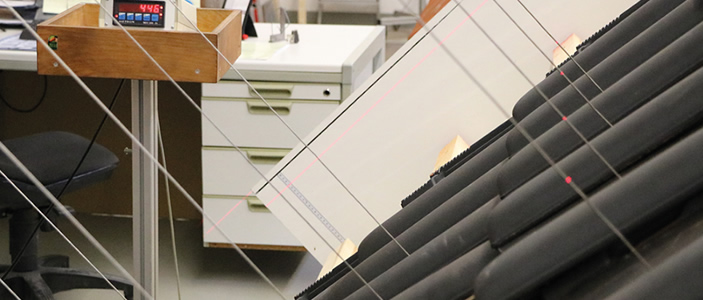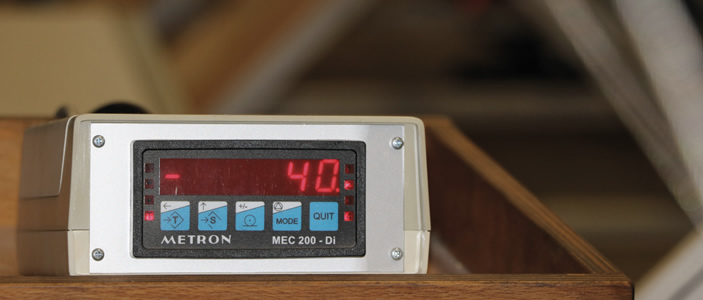What does an allocation mean?An allocation is made by considering the three individual components of the wind uplift protection system, i.e. batten size, covering material and storm clip.
This
combination is evaluated in a
system test according to the current standard EN 14437.


The result of the test is the
wind uplift resistance of the fixed roof covering. In the
wind load calculation for a building, the wind uplift resistance must be at least equal to or higher than the wind load on the object.